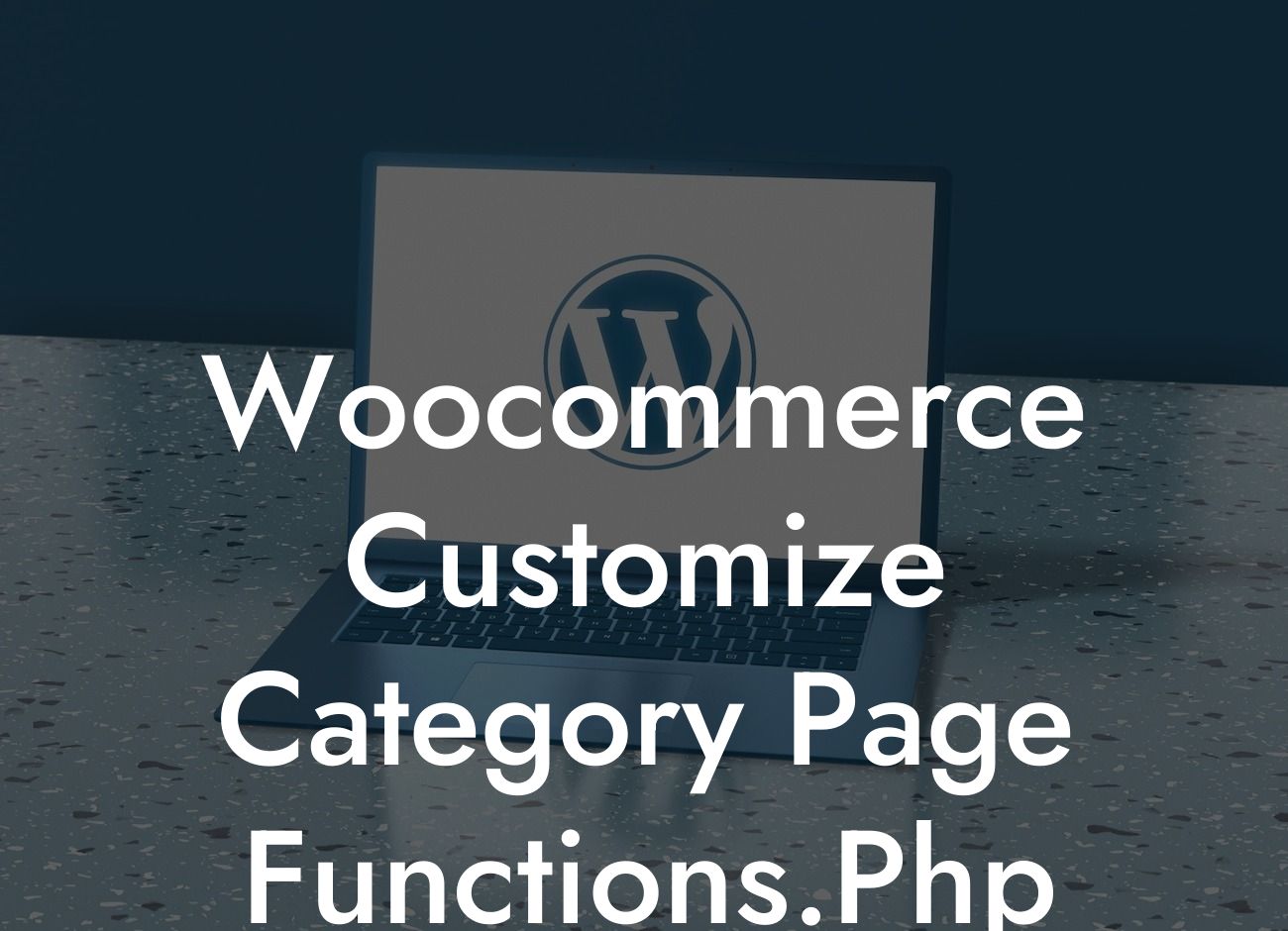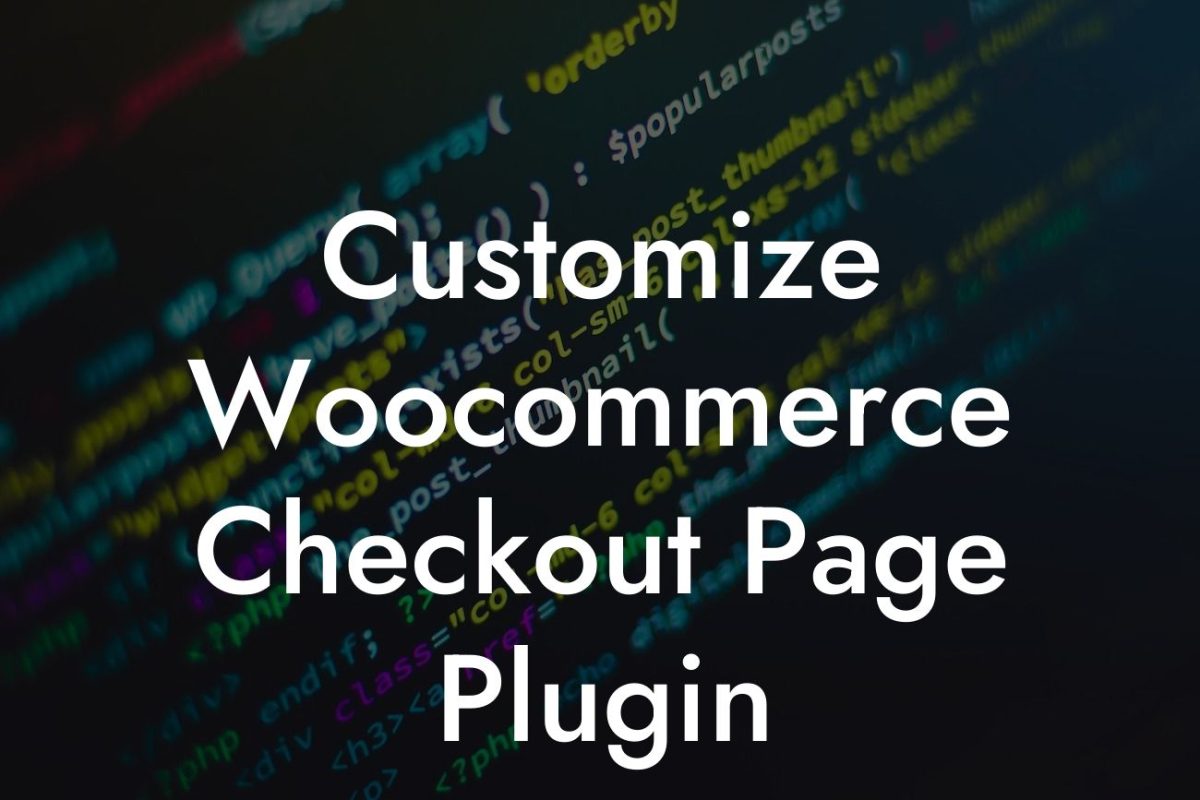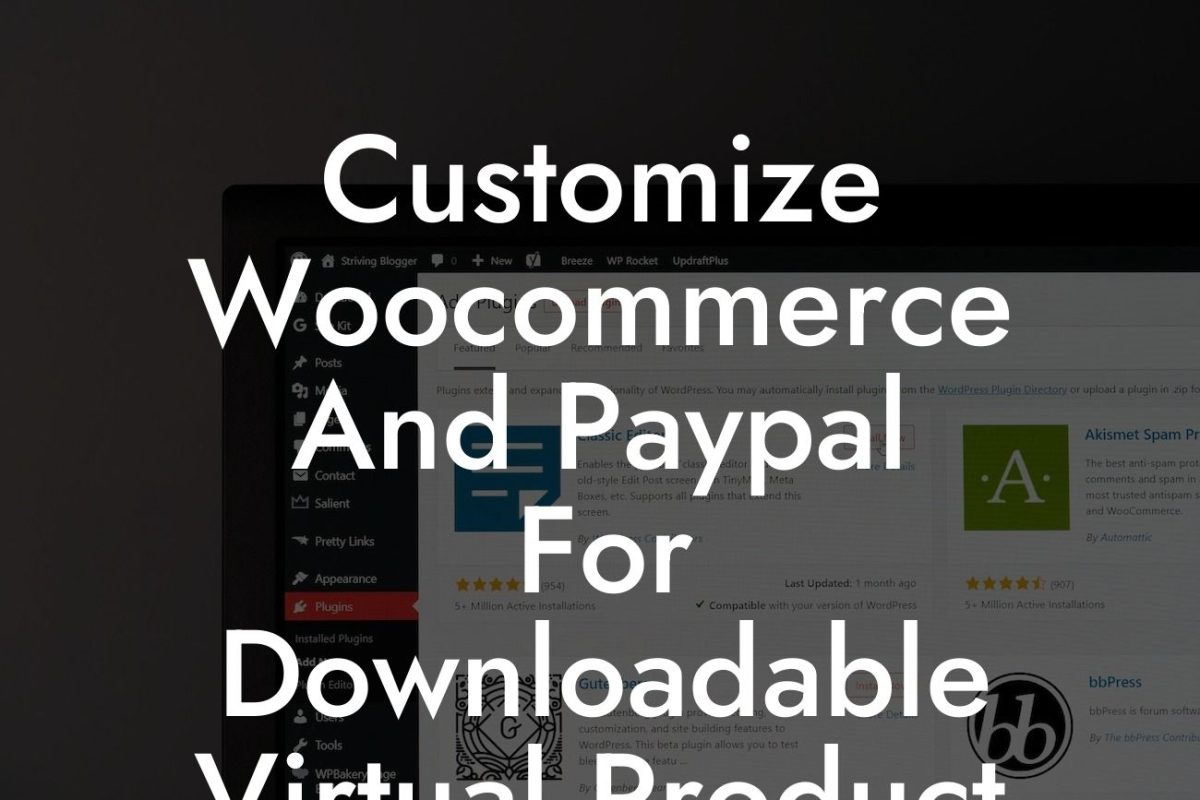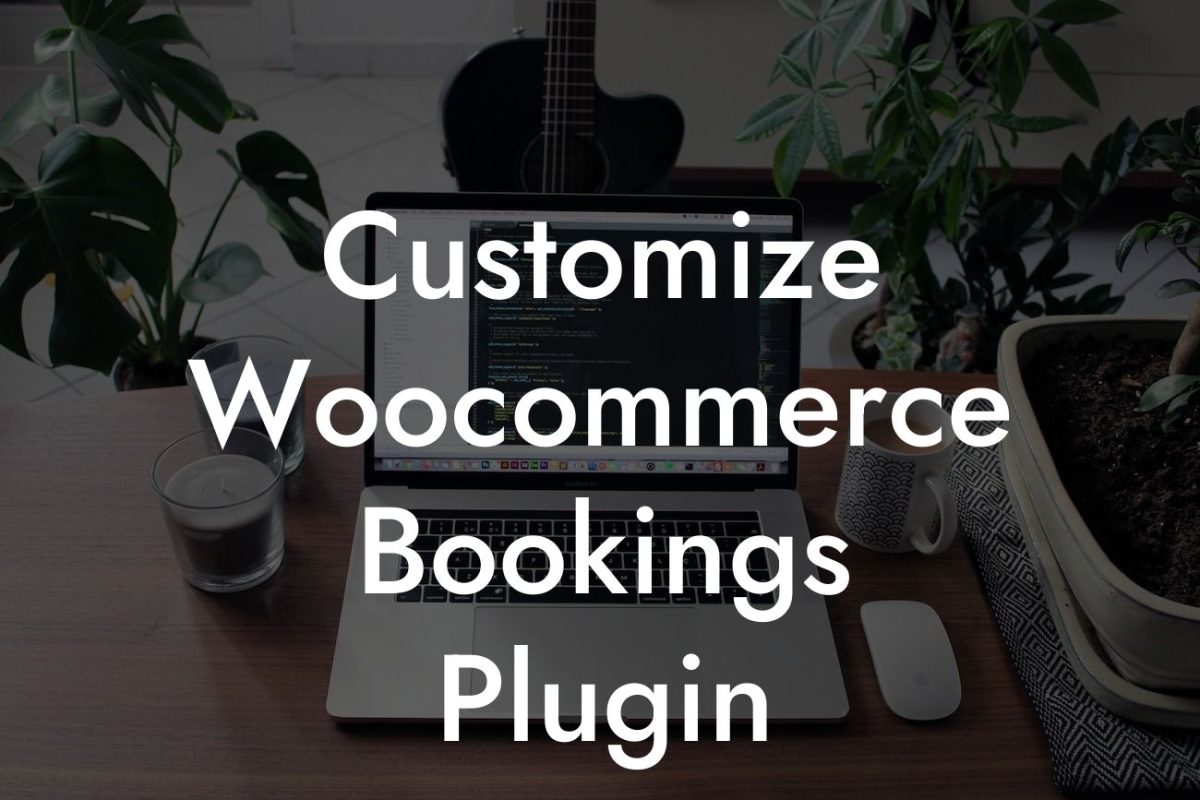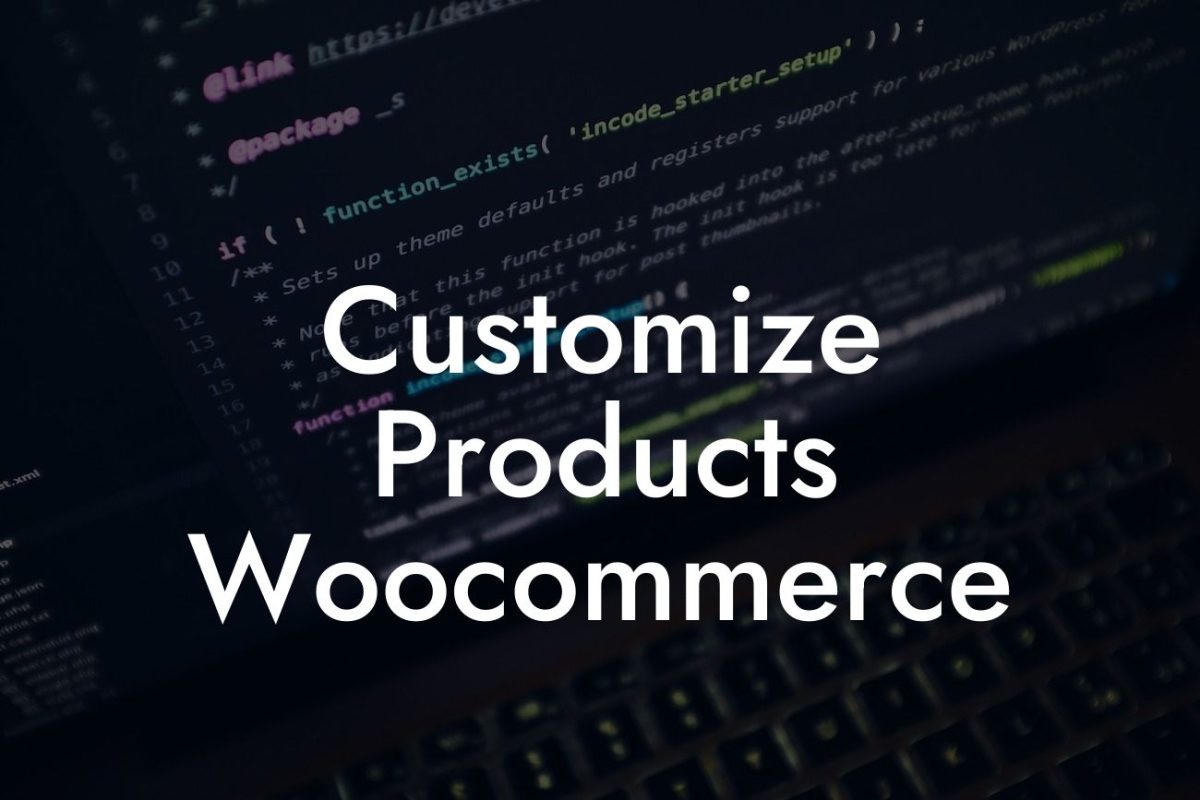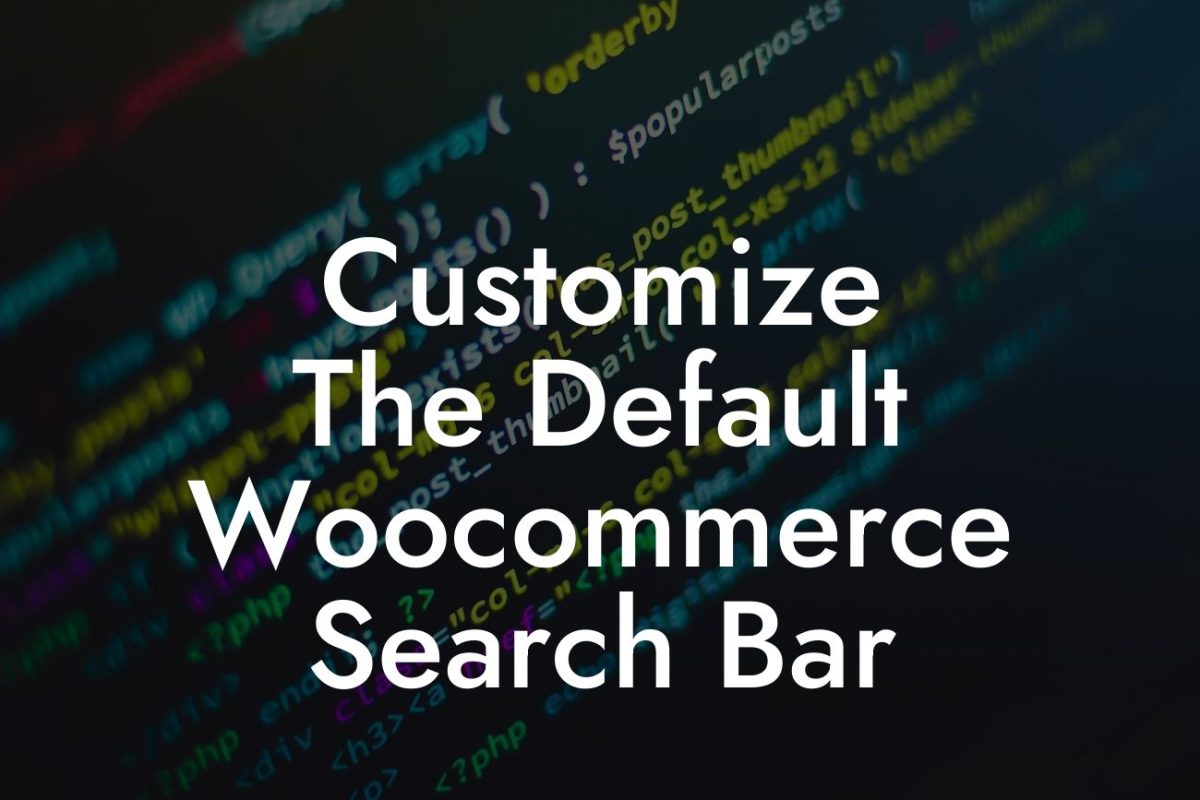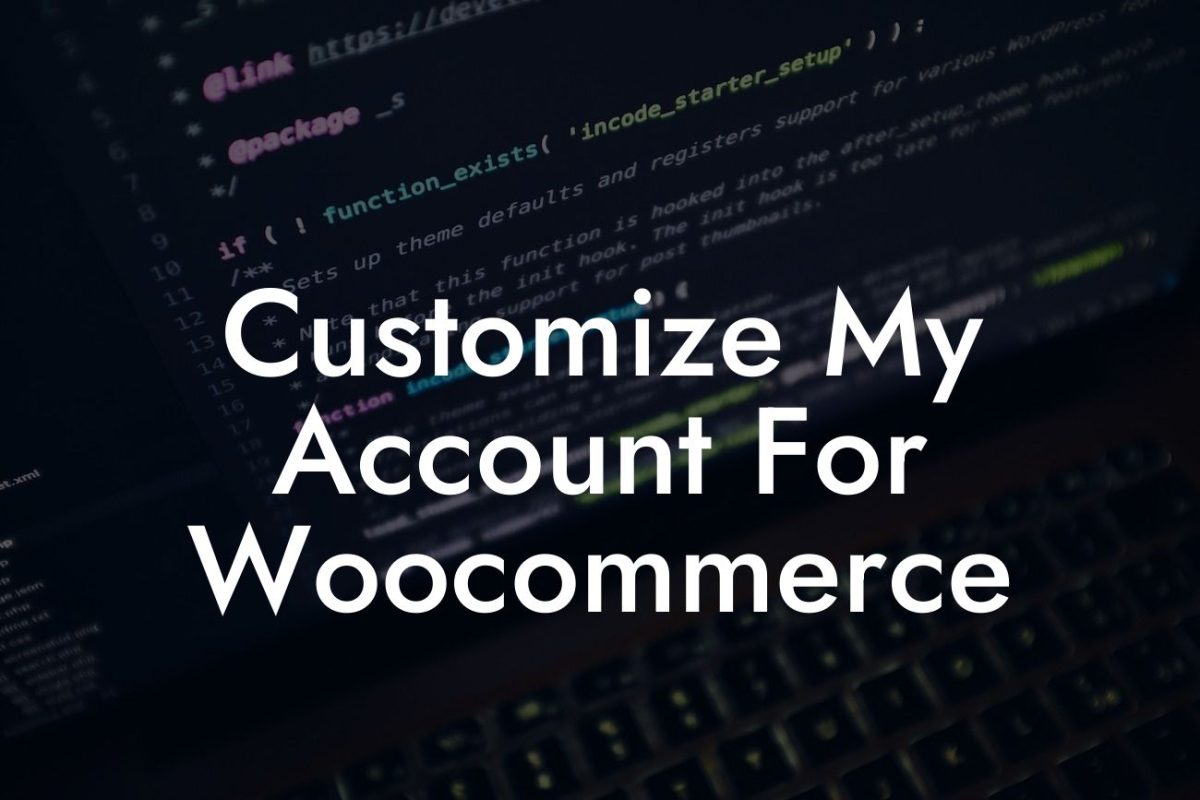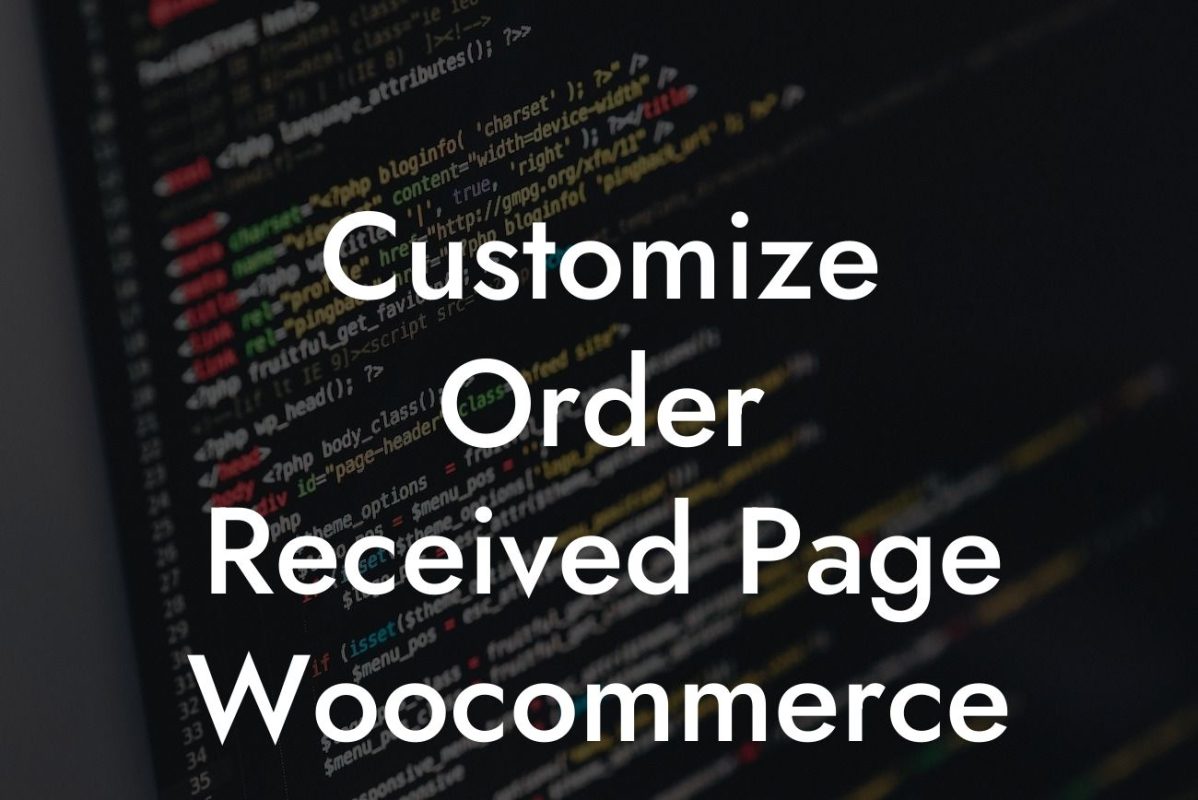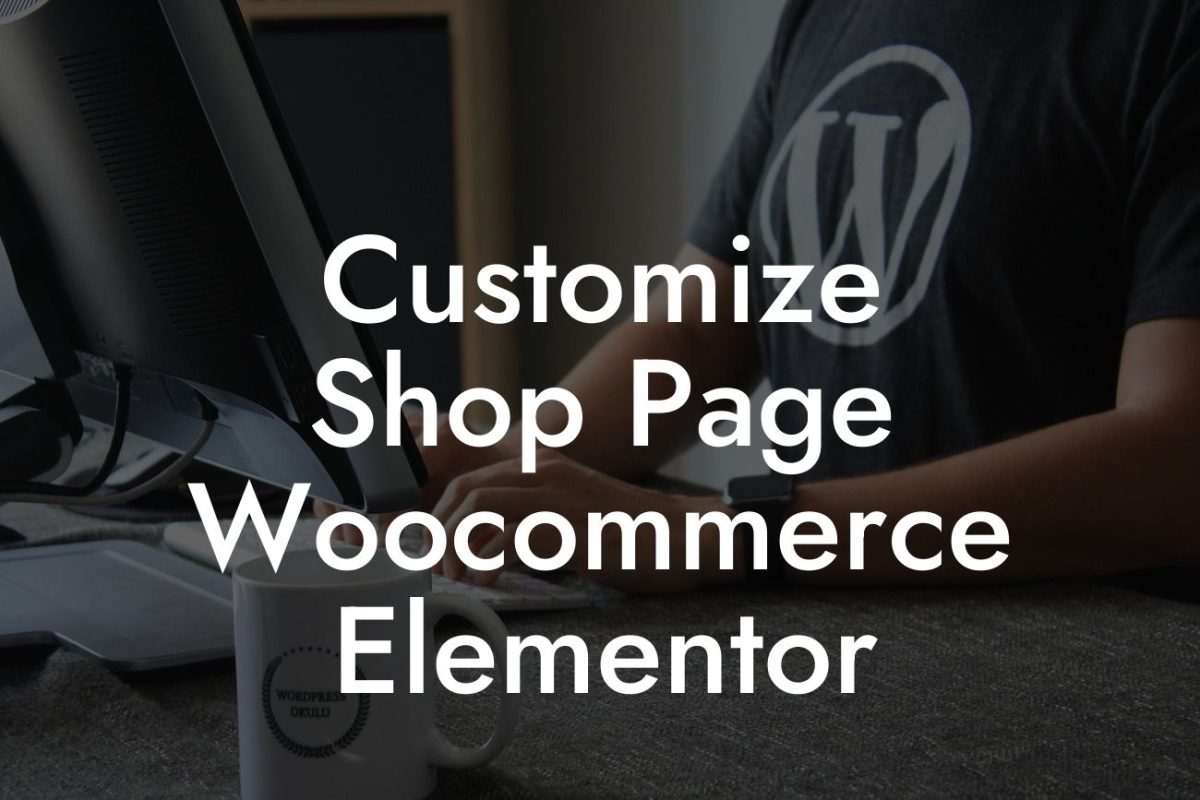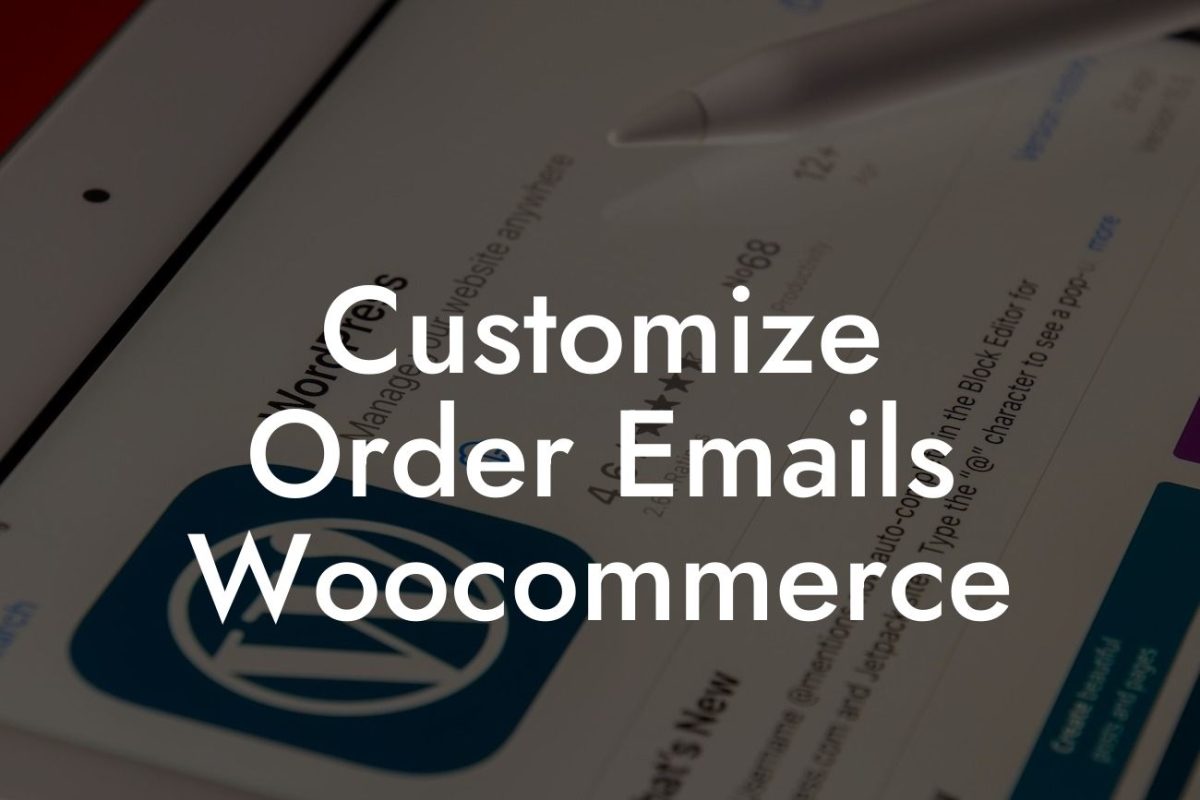In the world of e-commerce, having an attractive and functional online store is crucial for small businesses and entrepreneurs to drive sales and achieve success. One popular platform that enables businesses to easily create and manage their virtual storefront is WordPress. With the help of the powerful Woocommerce plugin, entrepreneurs can create a seamless online shopping experience for their customers. In this article, we will dive into the topic of customizing the functions.php file to enhance the category pages on your Woocommerce online store.
Customizing the functions.php file is an advanced technique that allows you to add additional functionality and make changes to different parts of your WordPress website. By leveraging the power of this file, you can tailor the appearance and features of your category pages to align with your brand and meet the specific needs of your business.
To get started, you need to locate the functions.php file within your WordPress theme. You can access this file by going to your WordPress dashboard, navigating to Appearance, and then selecting Theme Editor. Once you are in the Theme Editor, you can find the functions.php file on the right-hand side.
Before making any changes to the functions.php file, it is important to create a child theme. A child theme acts as a safeguard, ensuring that your customizations are preserved even after updating your WordPress theme.
Once you have set up your child theme, you can start customizing the category pages. One common modification is to change the number of products displayed per page. You can achieve this by adding a simple code snippet to the functions.php file. By doing so, you can personalize the browsing experience for your customers.
Looking For a Custom QuickBook Integration?
Another popular customization is to add or remove specific elements on the category pages. For instance, you might want to display the product description, customer reviews, or related products. By understanding the structure of the WooCommerce category template, you can easily modify the functions.php file to showcase the elements that matter most to your business.
Woocommerce Customize Category Page Functions.Php Example:
Let's imagine you run an online bookstore, and you want to enrich your category pages with relevant information. By customizing the functions.php file, you can include the book description, author bio, and customer reviews directly on the category page. This allows customers to make informed decisions without navigating away from the listing, ultimately increasing sales and customer satisfaction.
Now that you have a better understanding of how to customize the category pages on your Woocommerce store using the functions.php file, you can unleash the full potential of your online business. Remember, by tailoring your website to reflect your brand and meet the unique needs of your customers, you are setting yourself up for success. Explore other helpful guides on DamnWoo to enhance your online presence, and don't forget to try one of our awesome WordPress plugins to supercharge your business.

